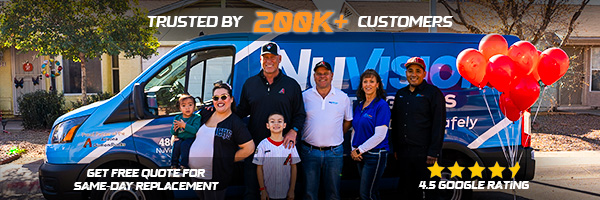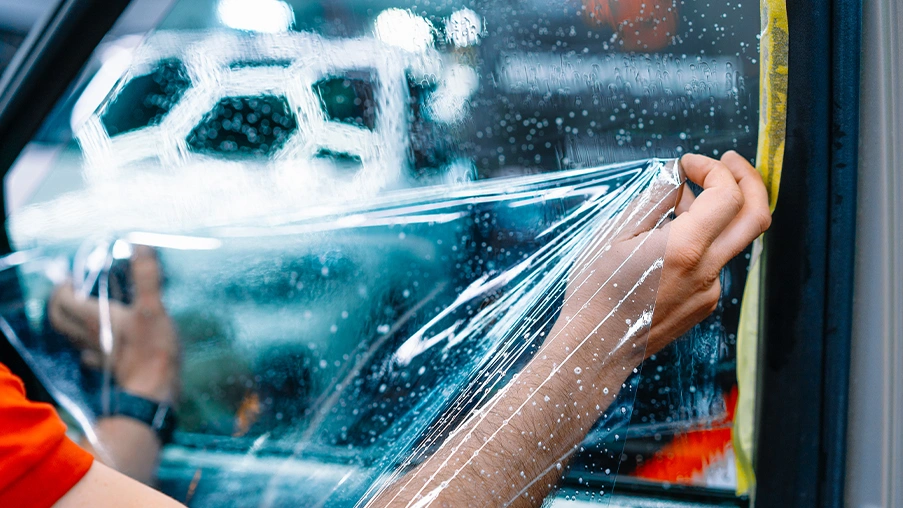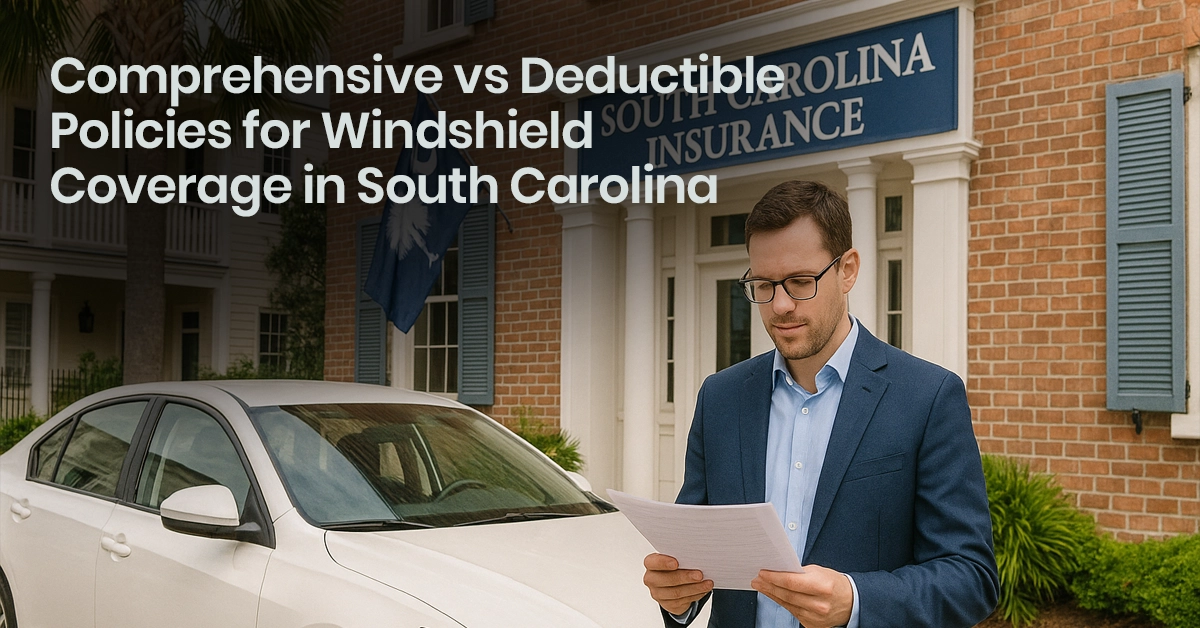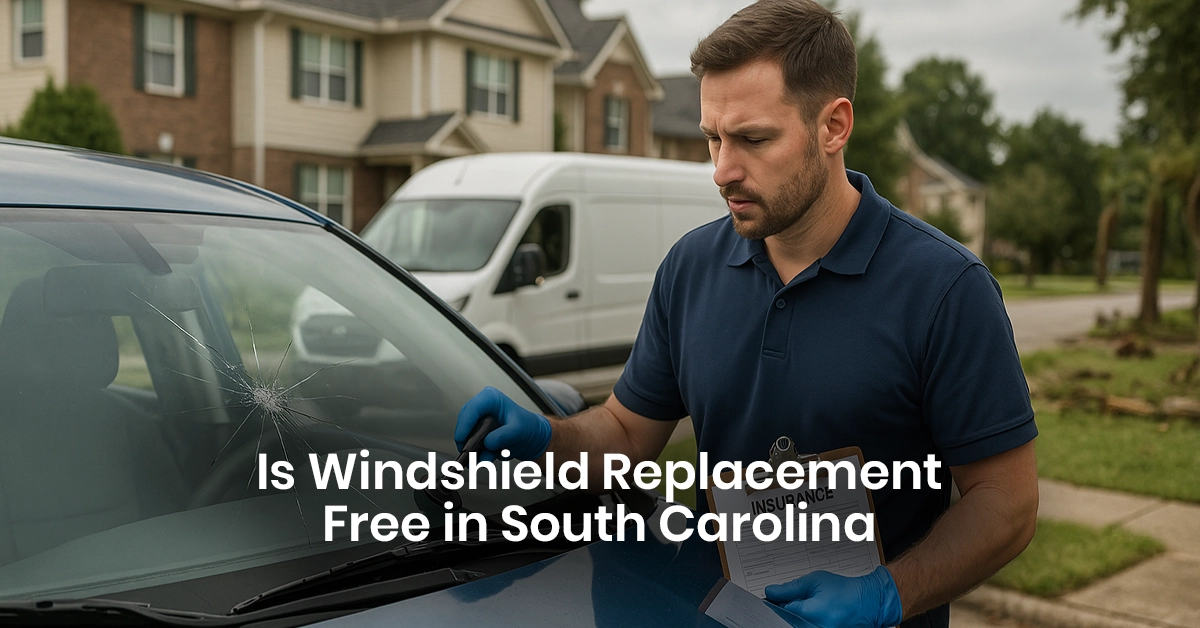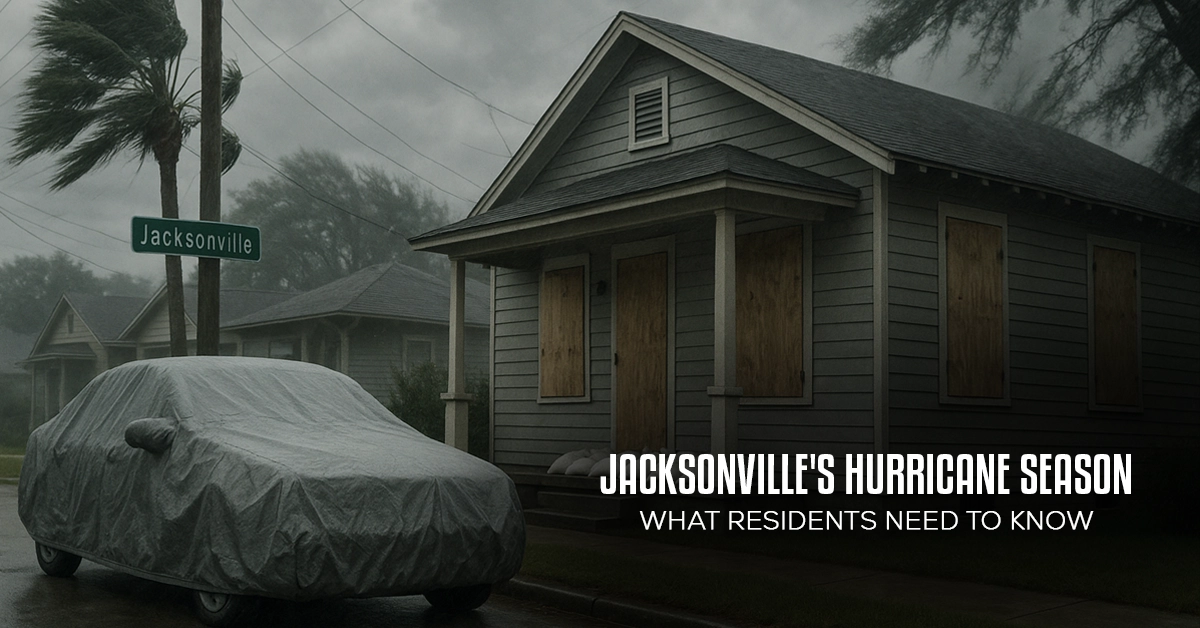Window Tinting: Explore Different Types for Your Car
December 20, 2024
The selection of the right car window tint goes beyond the aesthetic value of the car. Its essential functions include enhancing convenience, maintaining your privacy, and even increasing the durability of windows.
Whether you hope to shield yourself from dangerous ultraviolet radiation, cut heat, or enhance your vehicle’s looks, familiarizing yourself with your choices is critical.
This guide will discuss different types of window tints to help you select the most suitable one based on your needs.
Types of Car Window Tint
Here’s a detailed overview of the most popular car window tints:
1. Dyed Window Tint
Dyed window tinting is the most straightforward and affordable option suitable for drivers. It is put on the glass with the help of vacuum technology. Its dyed layer minimizes sunlight penetration, and the heat generated inside the car.
- Pros: It is cheap, has a smooth black theme, and can afford a decent amount of UV protection.
- Cons: The dye is not permanent; thus, one will, from time to time, be required to redo it.
- Ideal For: High-end and luxury cars to enhance the overall appeal
2. Metalized Window Tint
This type of tint has tiny metal particles in its composition that reflect the sun’s rays and simultaneously add heightened durability to the glasses. It is durable and provides the best glare protection.
- Pros: Very hard-wearing, tough to scratch, and ideal for deflecting sunlight to protect the car from high temperatures
- Cons: May affect electronic signals, including GPS, radio, and connection to mobile phones
- Ideal For: Drivers seeking a dark, stronger, and better way of protecting their vehicles and passengers against UV rays
3. Carbon Window Tint
Carbon tint combines highly non-metallic carbon particles to ensure only infrared light is blocked to provide insulation against heat.
- Pros: Offers high UV protection, preserves the signal quality, and gives a neat look
- Cons: Higher in price than dyed or metalized tints but usually gives the best performance
- Ideal For: Those who consider the appearance and usability of their window tint
4. Ceramic Window Tint
Ceramic tint is yet another upgrade that is more expensive than metallic and couples all the features with ultra-tech safety. This solution is better for heat dissipation and does not degrade with time.
- Pros: Heat and glare control, 180-degree car visibility, and no electronic signal obstructing.
- Cons: This one is slightly expensive compared to others, as packed with better features
- Ideal For: High-end car users with a desire for high-performance
5. Hybrid Window Tint
The last type of tint is the hybrid tint, which includes dyed and metalized tints and thus provides a solution for price and efficiency. This option offers reasonable UV safeguards without being too pricey.
- Pros: Inexpensive, long-lasting, and develops better performance compared to the simple dyed tints
- Cons: Doesn’t hold for the richness of ceramics or the carbon tints
- Ideal For: Drivers searching for an affordable solution that will provide them with reasonable shade and UV radiation protection
How to Choose the Right Type of Window Tint for Your Car
Selecting the right types of window tint is crucial for efficiency, appearance, and legal requirements. Here’s how to choose the ideal tint:
- Understand Local Laws: The law on tint darkness and its reflectivity also differ according to the country’s state.
- Set a Budget: Window tints are available at different prices. Since your options are limited, don’t forget about necessities like UV protection or product safety.
- Prioritize Your Needs: Think of what is most important to you – enhanced privacy, sun protection, or the desire to have a sleek-looking product.
- Consult Professionals: An experienced installer can help you choose the right tint for your vehicle, and get it done in the right way, the first time it is done, it is also longer lasting.
Benefits of Car Window Tinting
Car window tinting is not just about getting a cool new look; it has unique additional qualities that make driving even. Here’s why it’s worth considering:
- Improved Privacy: Tinted windows prevent any view perceived outside, thereby giving a sense of security, particularly when parking.
- Protection Against UV Rays: The good tints will filter up to 99% of the UV rays that reach your skin and your car interior – to avoid cases where the interior wears out or cracks.
- Temperature Control: Tints minimize heat interior vehicle temperatures to considerably make your drives more comfortable without overusing the cooling system since this will enhance fuel efficiency.
- Enhanced Safety: Tinted films keep broken pieces of glass in one piece in the event of an accident, thus reducing cases of people being injured by glass debris.
Costs of Different Types of Car Window Tint
Knowing the costs of each tint type helps you make an informed decision:
| Type | Cost Range | Features |
|---|---|---|
| Dyed Tint | $50-$150 | Budget-friendly, essential UV protection |
| Metalized Tint | $100-$200 | Durable and reflective, but may block signals |
| Carbon Tint | $150-$250 | Matte finish, no signal interference |
| Ceramic Tint | $250-$600 | Premium, maximum heat, and UV protection |
How to Maintain Your Car Window Tint
It is essential to provide routine care for your car window tint to provide the protection you need and keep it looking its best.
1. Give It Time to Set
Do not wash the tinted car immediately after installation; let the tint cure for a week and then wash. This curing time ensures the adhesives effectively nonstick the glass without blistering or forming bubbles.
2. Choose Tint-Friendly Cleaning Products
When cleaning your windows, use ones that don’t contain ammonia. This is because there are chemicals that, in their extreme concentration, may harm the tint film.
3. Use Soft Cleaning Tools
Do not use abrasive materials such as coarse sponges or metal brushes, as these will harm the tint in one way or the other. The standard or most suitable cleaning cloth is the microfiber soft cloth, which removes dirt and deposits without scratching.
4. Park Smartly
One disadvantage of having such tint films is that direct sunlight can harm the films when exposed for a long time.
Conclusion
The best car window tint will enhance the driving experience, interior durability, and other advantages. When looking for the different tints or even the costs and practices when it comes to maintenance of the floors, you will be in a good position to make the best decision for you.
Get professional car tinting and glass solutions at NuVision Auto Glass for reliable auto glass repair and replacement services!
Besides, you can choose us for:
